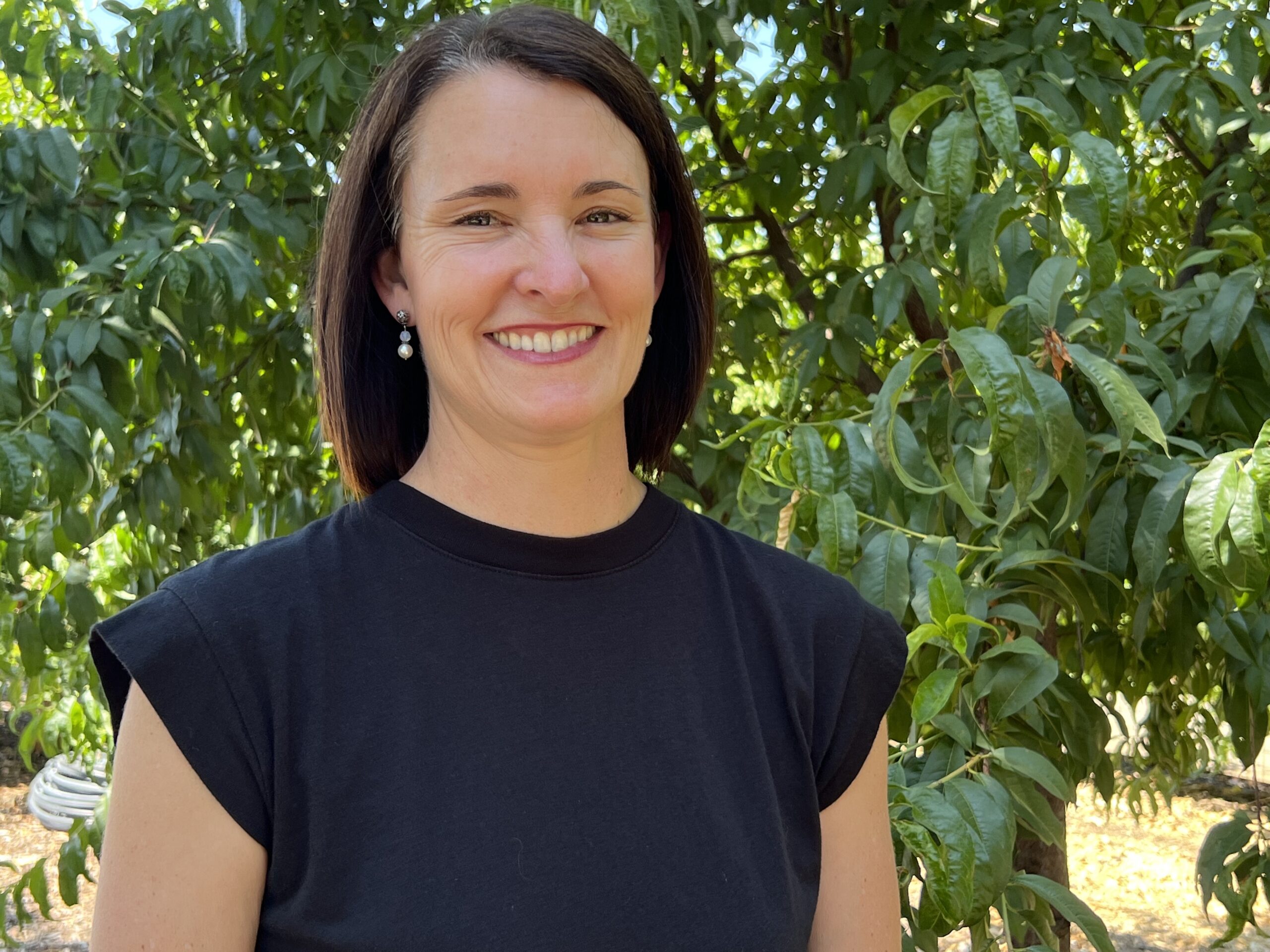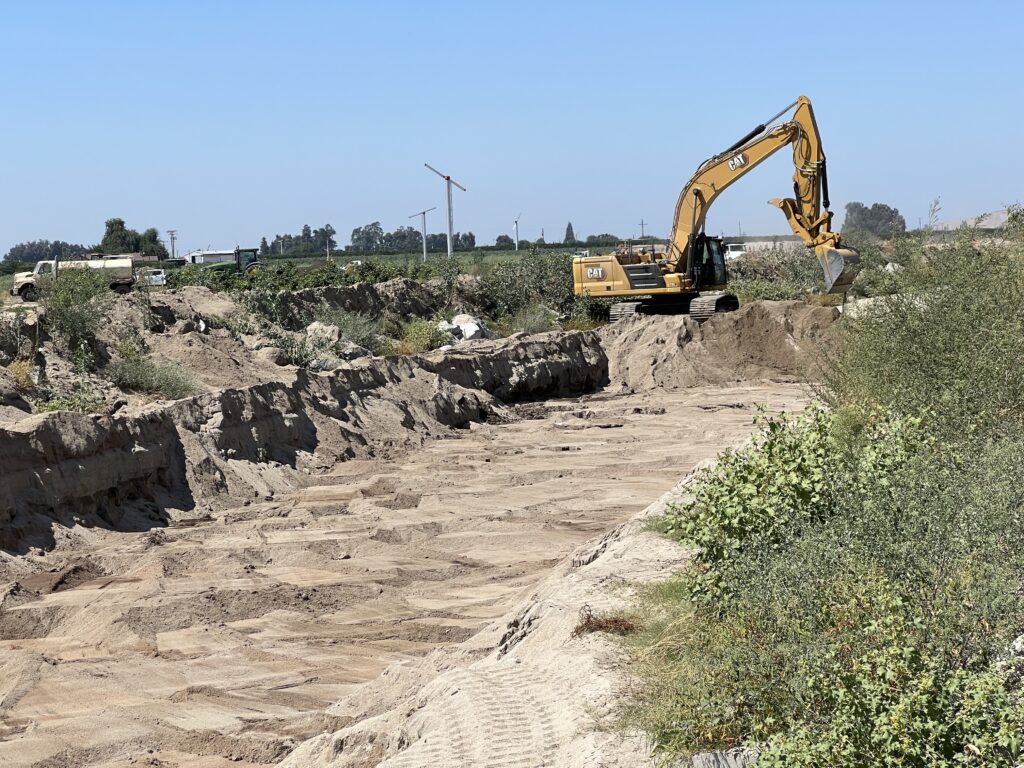All across Tulare County, the race is on to repair flood-damaged infrastructure before an anticipated El Niño winter and an even more looming expiration of Gov. Gavin Newsom’s executive order that relaxed permitting for levee work and debris clean up.
The work has lagged, though, as creeks and rivers are still flowing or the ground is still too soggy for heavy equipment.
Because of that, some agencies are seeking an extension of Newsom’s executive order, which expires Nov. 1.
That order, issued Aug. 4, suspended lake and streambed alteration regulations under the California Department of Fish and Wildlife and limited water quality certifications that would delay permits from the U.S. Army Corps of Engineers, and the California Environmental Quality Act.
A spokesman for Gov. Newsom’s office did not provide answers about whether the governor is considering an extension of the order in time for this story.
Tulare flood costs top $100 million
Meanwhile, agencies have also been busy submitting costs for reimbursement from the Federal Emergency Management Agency.
Of six San Joaquin Valley counties looked at by SJV Water, Tulare County submitted the largest reimbursement request so far – $110 million. SJV Water sought FEMA reimbursement requests for Merced, Madera, Fresno, Kings, Tulare and Kern counties. Some costs are still coming in, so these tallies will likely increase.
Kern has the next highest reimbursement request at $47 million, then Kings at nearly $46 million, Merced at $28 million, Fresno at $27 million and then Madera at only $8.5 million. Those amounts could change as pending requests are added to the tally.
FEMA reimbursement funding is only available to government agencies and doesn’t reflect what private individuals have had to pay to repair homes and businesses that were also flooded out.
Those FEMA reimbursement funds, if granted, will help pay for everything from new school buildings to replacing or repairing bridges and roads.
High flows hamper work
In Tulare County, the Kaweah Delta Water Conservation District had the largest, combined reimbursement request. It is asking FEMA for $48 million for a host of projects.
The district covers 340,000 acres in Tulare and Kings counties and has a hefty to-do list once water recedes, including the repair and restoration of levees along the Kaweah and St. Johns rivers, and the Cross, Deep, Mill, Inside and Yokohl creeks as well as Johnsons Slough and Peoples Ditch.

Infrastructure must be re-installed or repaired at several sites, including Elk Bayou and King Basin. As well as portions of a 380-acre, four-part project at Hannah Ranch, which, when complete, will be able to hold 1,400 acre-feet from the Kaweah River and Friant-Kern Canal before the water is moved to other areas of the district.
The district also needs to replace a $2 million check structure on the lower Kaweah River that had been about halfway complete when it was ripped out by the floods. When river flows stop, work can begin again.
Kaweah Delta General Manager Shane Smith said he anticipates even more repairs when channels dry out and infrastructure is finally assessed, which may not be until next spring. Until then, the total amount of repair costs is “a guessing game” and he anticipates two years’ worth of work to shore up damages.
“Our channels are not lined with concrete and are not designed to have these high flows going through them for eight or ten months,” he said.
Cutting the red tape
The Kaweah Delta board recently hired a biologist to conduct assessments and assist with the permitting process. Public agencies must annually navigate the intricate and often years-long process required for regular maintenance of waterways, where permits are required from state Fish and Wildlife, the Army Corps and the State Water Resources Control Board.
“We need to get in there and do what we need to do,” Smith said. “We have hired other consultants in the past who can cut the wait time by six or eight months, but we don’t even have six or eight days. We need to get this work done in order to minimize damage that could happen come November or December. Ultimately we want to save lives, property, land and crops, in that order.”
Denise England, Grants and Resource Manager for Tulare County, said the county is coordinating with a wide variety of water agencies to prioritize work and using the Nov. 1 date as a tool to “getting things done.”
With most channels still full of water, work likely couldn’t start until after the executive order has expired. England said the county is lobbying to extend that date so permitting remains simplified.
“If water is in the channel and we can’t get in there, we go back to the old way of permitting and that’s a complicated process,” she said.
Decades of overgrowth
So complicated, vegetation in some valley creeks hasn’t been cleared out in decades.
On one section of the Yokohl Creek, the last clean-out longtime farmer Bob Ward could recall was in 1969. Ward is also a board member of Exeter Irrigation District, which uses the creek for water recharge.
When the Yokohl Creek burst its banks in March in eastern Tulare County, citrus grower Christina Saenger’s ranch was covered in several inches of water, irrigation lines were scattered and debris piled up under tree canopies.
Her ranch is now one of the staging grounds for heavy equipment operated by Kaweah Delta that will be used to raise levees, clean out vegetation and remove five feet of sand along four miles of the Yokohl’s path toward the Kaweah River.
This one project is estimated to cost $370,000, which will be shared between Kaweah Delta and the Exeter Irrigation District.
The Yokohl project is small in comparison with others Kaweah Delta is spearheading but it is meaningful to Saenger, who manages about 340 acres of citrus for her family farming operation.
“I’m glad something is happening because if nothing were to happen, I’d be really worried if we have another wet year,” she said. “I think Mother Nature is in charge, and we can’t ever control that. This along with regular maintenance will only help us.”
Share this:
- Click to share on Facebook (Opens in new window)
- Click to share on Twitter (Opens in new window)
- Click to share on LinkedIn (Opens in new window)
- Click to share on Reddit (Opens in new window)
- Click to share on Tumblr (Opens in new window)
- Click to share on Pinterest (Opens in new window)
- Click to share on Pocket (Opens in new window)
- Click to share on Telegram (Opens in new window)
- Click to share on WhatsApp (Opens in new window)
- Click to print (Opens in new window)









You must be logged in to post a comment.